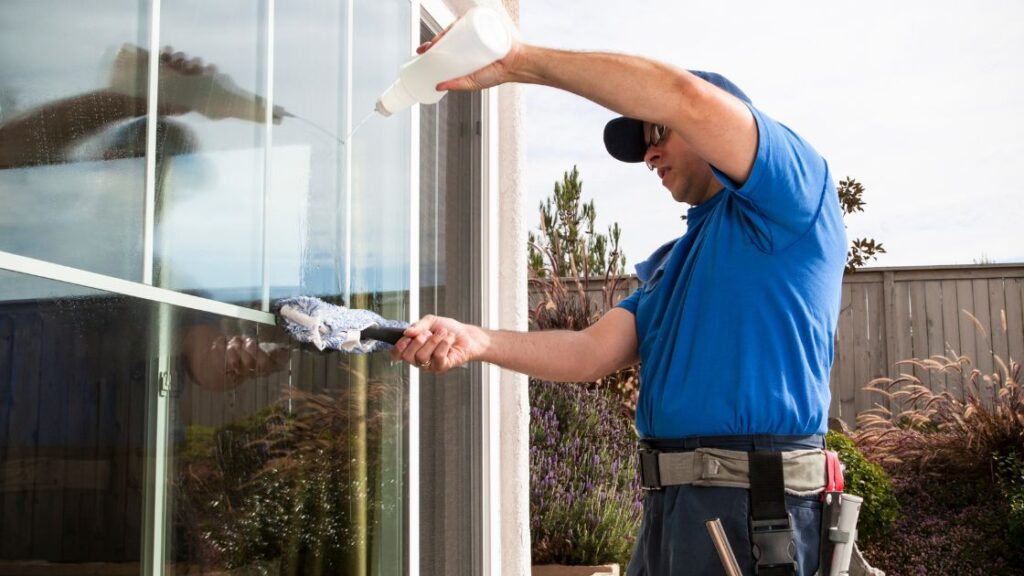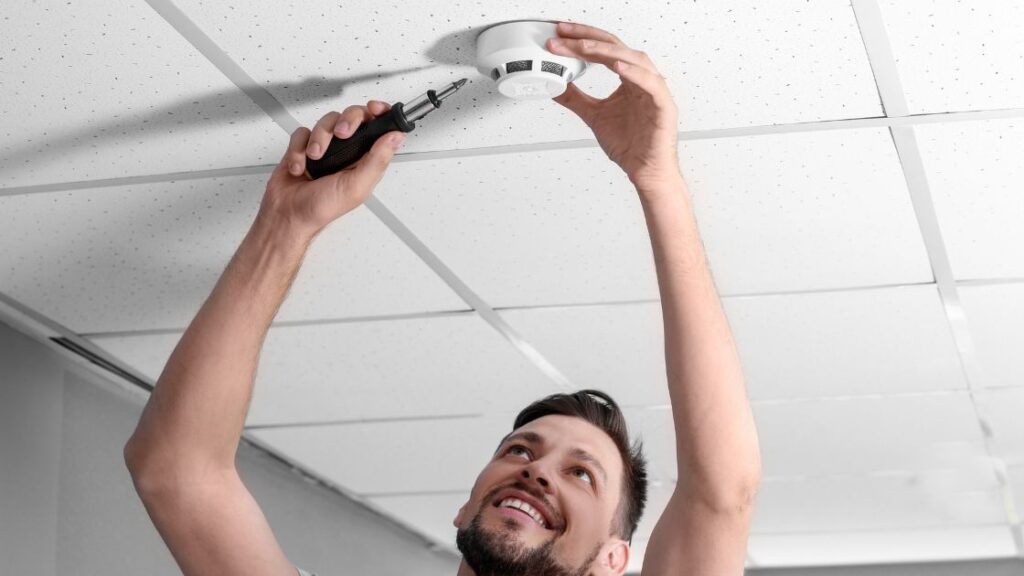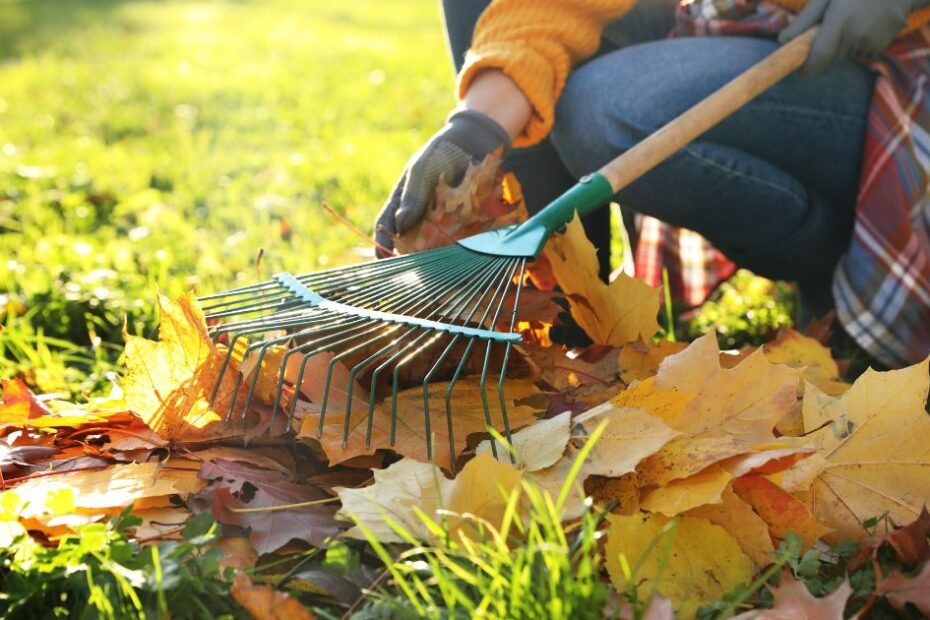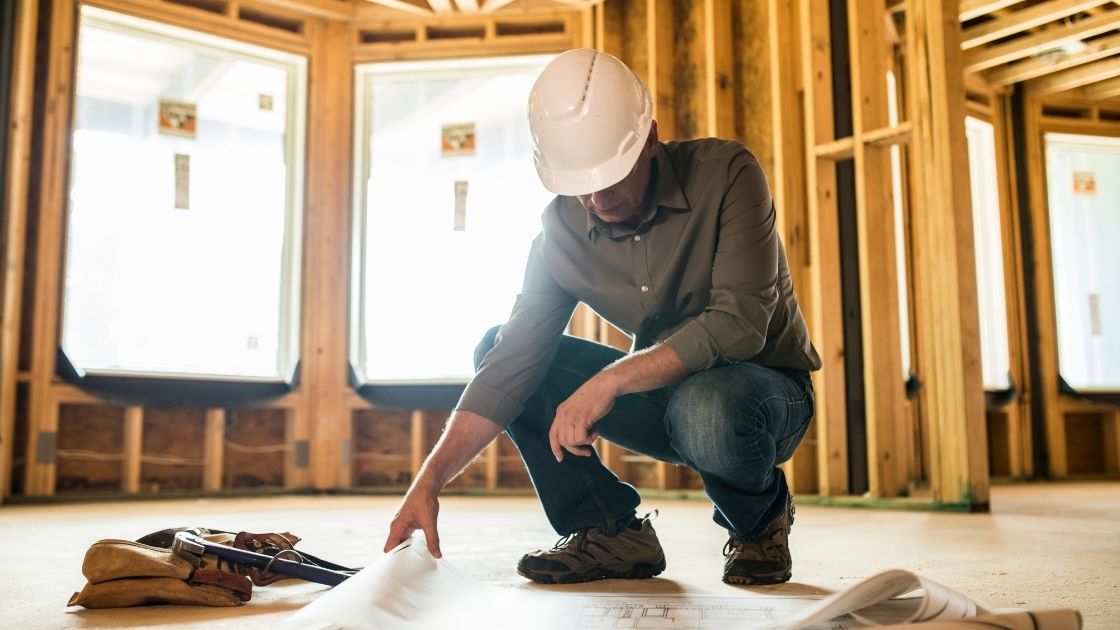Many homeowners and landlords focus on home improvement in the spring, but preparing for colder temperatures in the fall is just as crucial. A few simple maintenance tasks can help keep your heating system running efficiently, boost your property’s energy performance, and reduce the need for extensive maintenance when warmer weather returns.
Use this fall home maintenance checklist to protect your property from harsh weather, prevent damage, and keep everything running smoothly through the winter months.
Why Is Fall Home Maintenance Important?
When snow and freezing temperatures arrive, your home’s systems and structures face additional stress. Ignoring necessary maintenance can lead to heating system failures, clogged gutters, drafts, and in extreme cases even foundation or water damage. Performing these tasks before the cold weather hits also avoids discomfort later on.
Fall Home Maintenance Checklist
1. Clean Your Gutters
Falling leaves may look beautiful, but they can quickly clog your gutters. This blockage can cause water to spill over, potentially damaging your roof’s soffits and fascia. Overflowing gutters can also lead to water pooling around your home’s foundation, increasing the risk of foundation damage.
After the trees shed their leaves, clean out the gutters to ensure proper water flow. This helps direct rain and melting snow away from your home, protecting its structure.
2. Get an HVAC Tune-Up
Before you turn on your heating system for the season, it’s essential to ensure it’s functioning properly. Your system has likely been idle for months, and an inspection can identify potential issues before running into costly repairs during the high-demand winter months.
A professional tune-up typically includes lubricating moving parts and replacing worn components. This reduces the risk of breakdowns and increases your system’s efficiency, which can help lower your utility bills.
3. Change HVAC Filters
Even if you skip a full HVAC tune-up, replacing your HVAC filters is a must. Dirty filters force your system to work harder, reducing its lifespan and efficiency. Regularly changing your filters ensures smoother operation and helps your system last longer.

4. Repair Windows
Windows are responsible for up to 30% of your home’s heat loss. Addressing any window issues before winter arrives can improve energy efficiency, reduce drafts, and help lower your heating bills. Simple repairs like caulking gaps or adding weather stripping can make a big difference, while more extensive issues like broken glass may require professional help.
5. Clean Solar Panels
If your home has solar panels, cleaning them before winter ensures maximum energy efficiency. Debris and pollen can reduce the amount of sunlight your panels absorb, which can be especially problematic during the shorter, less sunny winter days. Use a hose to clean your panels or hire a professional to do it for you.
6. Winterize Sprinkler Systems and Hose Bibbs
Sprinkler systems and outdoor faucets are vulnerable to freezing temperatures. Water left in the pipes can freeze, expand, and cause the pipes to burst, leading to expensive repairs. To avoid this, blow out your sprinkler system before the first frost and turn off the water supply to outdoor faucets. Drain any remaining water to prevent freezing.
7. Clean Window Wells and Basement Stairwell Drains
Leaves and debris can clog window wells and basement stairwell drains, causing water to accumulate and potentially overflow into your home. This can lead to water damage, mold growth, and even foundation issues.
After the leaves fall, clear out any debris from these areas to ensure proper drainage. If you suspect a deeper clog in your drains, it’s best to call a professional.
8. Rake and Aerate Your Lawn
A layer of wet leaves left on your lawn can trap moisture and promote mold and fungal growth. Rake your lawn after the last leaves fall to keep your grass healthy. Aerating the lawn also helps loosen compacted soil, giving your grass better access to oxygen. This is especially beneficial for cool-season grasses that continue to grow during colder months.
9. Get a Roof Inspection
Your roof is your home’s first defense against harsh weather, so it’s crucial to ensure it’s in good condition before winter. A professional roof inspection can identify potential weak spots, including damaged shingles, flashing, and soffits. An inspector can also check for areas prone to leaks, such as spots around chimneys or skylights.
These steps can help prevent more extensive and expensive repairs during the winter months. Some inspectors will also evaluate the structural integrity of your roof to ensure it can handle heavy snow accumulation.

10. Test Smoke Alarms
As the weather cools and you spend more time indoors, it’s essential to ensure your smoke alarms are in working order. Press the test button on each alarm to ensure the sound is clear. If you have alarms that aren’t functioning, replace their batteries immediately.
Additionally, consider installing carbon monoxide detectors if you don’t have them. These detectors are crucial for alerting you to the presence of this dangerous gas, which is colorless, odorless, and potentially lethal. Install them near sleeping areas and on each level of your home for maximum safety.
Bottom Line
Taking the time to prepare your home for the colder months can save you from expensive repairs and improve your home’s overall efficiency and comfort. Focus on areas that are most at risk for damage during the winter, such as your heating system, roof, gutters, windows, and outdoor plumbing.By completing these fall maintenance tasks, you’ll secure peace of mind, save money on utilities, and keep your home in excellent condition all year round. If you need help with financing home repairs for your investment properties, GL&L Holdings is here to help.


